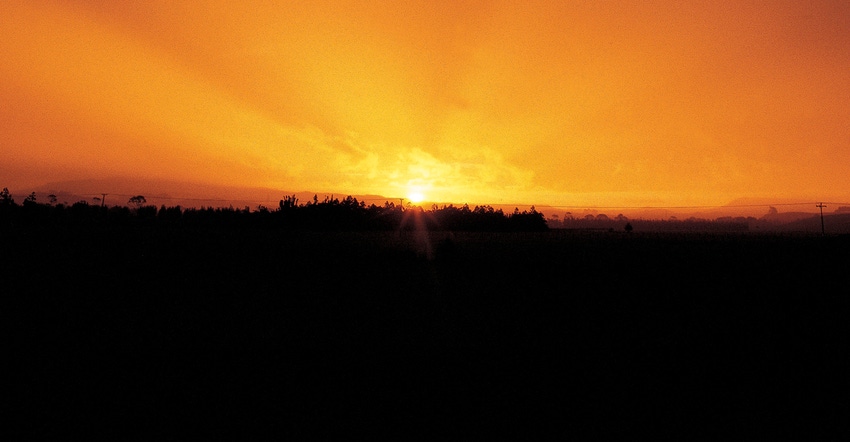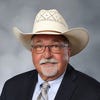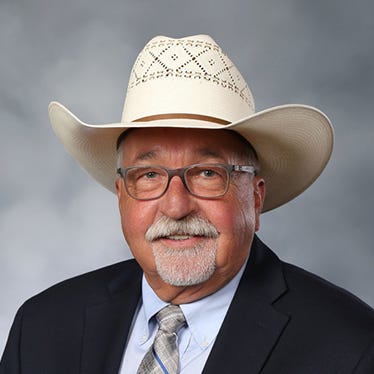January 4, 2022

A few weeks ago, I gathered three of my four bulls and hauled them to their winter abode here at the homeplace. While the previous three had already had plenty of time to establish their pecking order, I captured the last one two weeks ago and brought him in, which began his introduction process to a well-established gang. Oddly enough, one of the smaller bulls had firmly settled in as the one in charge, and when I brought in the last and largest bull, the little guy remained the Alpha.
For the winter, I keep the bulls in a 1-acre lot where I can feed them a little grain each day while also keeping good-quality hay in front of them at all times. They also have access to a barn that used to serve as housing for show heifers when my sons were in 4-H and FFA. There are four stalls, each with a heated, automatic waterer, and they are divided by wooden panels. It’s not unusual when the bulls first arrive for them to butt and push on each other until dominance is established, and it’s also not unusual for me to need to repair a couple of boards on the stall dividers when the bulls get a little rambunctious.
A few days ago, I noticed there were two broken boards on the west side of one of the stalls. I retrieved the tools and lumber required for the repair job. According to the weatherman, this was supposed to be the last nice day for a while, and I wanted to get it done before real winter set in.
After I had all the boards cut to length, I used the battery-powered hand drill with a screwdriver bit to fasten the second board from the bottom. I had just knelt down on my knees to attach the bottom board when I heard the deafening bellow and thundering hoof beats of two of the bulls. The largest bull — weighing about 2,100 pounds — had evidently had his fill of the smaller bull — about 1,600 pounds — acting like he ruled the roost and was ready to show him who was really the boss. The problem was they were running directly toward me.
I had just enough time to stand up before the big bull had Junior pinned, broadside, in the corner of the stall with me sandwiched between the young bull and the newly repaired board fence. I seriously thought my time was up and did the only thing I could think of: start screaming like a tiny toddler. I then realized I still had the power drill in my hand, so in between shrieks of sheer terror, I pulled the trigger of the drill as rapidly as possible, making it sound as menacing to the bulls as it could. Whether due to the shrill whooping or the drill trigger clamor, the smaller bull managed to escape the pressure of the big bull and ran out of the stall as quickly as he had arrived. The big bull followed, and they continued their battle outside, leaving me to collapse into the mud.
Once I had caught my breath, I thanked the good Lord that my wife did not become a widow that day, and then I went and closed the access gate that led into the stall — the one I should have shut before beginning the repairs.
Crownover farms in Missouri.
About the Author(s)
You May Also Like






